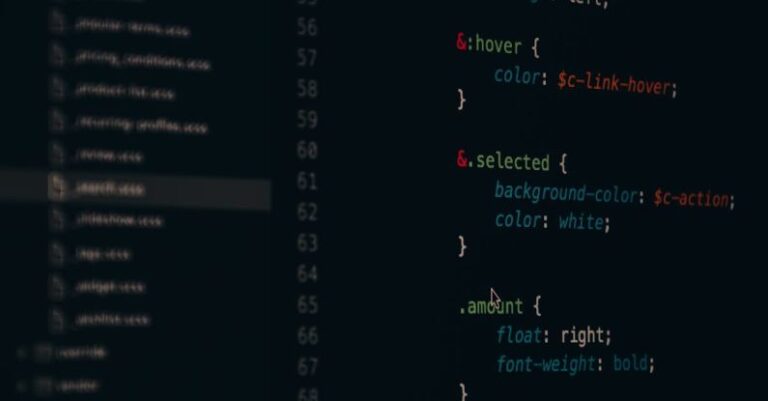
Robotics has evolved significantly over the years, with remote-controlled (RC) robots becoming increasingly popular among hobbyists and enthusiasts. To bring these robots to life, programming platforms play a crucial role in enabling users to control and customize their robots. In this article, we will explore the key programming platforms that are used for RC robots, providing insights into their features and capabilities.
### Arduino
Arduino is a widely popular open-source platform that is commonly used for programming RC robots. Known for its user-friendly interface and extensive community support, Arduino offers a range of development boards that are suitable for robotics projects. With its easy-to-use programming language and versatile hardware options, Arduino allows users to create custom codes to control various aspects of their RC robots.
One of the key advantages of Arduino is its compatibility with a wide range of sensors and modules, making it ideal for building advanced robotic systems. Whether you are a beginner or an experienced programmer, Arduino provides a flexible platform that can be tailored to suit your specific needs. With its extensive library of resources and tutorials, Arduino makes it easy for users to learn and experiment with different programming techniques for RC robots.
### Raspberry Pi
Raspberry Pi is another popular platform that is widely used for programming RC robots. Unlike Arduino, Raspberry Pi is a single-board computer that offers more computational power and connectivity options. This makes it suitable for advanced robotics projects that require complex algorithms and real-time processing capabilities. With its Linux-based operating system and support for multiple programming languages, Raspberry Pi provides a versatile platform for developing sophisticated RC robots.
One of the key features of Raspberry Pi is its ability to integrate with various peripherals and devices, allowing users to incorporate cameras, sensors, and other components into their robotic systems. This flexibility enables users to create interactive and autonomous robots that can perform a wide range of tasks. Whether you are interested in building a remote-controlled rover or a self-navigating drone, Raspberry Pi offers the computational power and flexibility to bring your ideas to life.
### ROS (Robot Operating System)
ROS, or Robot Operating System, is a robotics middleware that provides a comprehensive framework for developing complex robotic applications. Designed to streamline the development process, ROS offers a set of tools and libraries that facilitate communication between different components of a robotic system. With its modular architecture and support for various programming languages, ROS enables users to build scalable and robust RC robots with ease.
One of the key advantages of ROS is its extensive library of pre-built packages, which cover a wide range of functionalities such as navigation, perception, and manipulation. This allows users to leverage existing code and algorithms to accelerate the development of their robotic projects. Whether you are working on a research prototype or a commercial product, ROS provides a reliable platform for building intelligent and autonomous RC robots.
### Blockly
Blockly is a visual programming language that is commonly used for teaching programming concepts to beginners and students. With its drag-and-drop interface and intuitive design, Blockly enables users to create code by assembling blocks that represent different programming functions. This makes it an ideal platform for introducing programming concepts to individuals who are new to robotics and coding.
One of the key benefits of Blockly is its simplicity and accessibility, which allows users to focus on the logic and structure of their code without getting bogged down in syntax errors. Whether you are a young enthusiast or an educator looking to teach robotics, Blockly provides a fun and interactive platform for creating and controlling RC robots. By using Blockly, users can quickly prototype and test their ideas, making it an excellent tool for learning and experimentation.
### Conclusion:
In conclusion, the key programming platforms for RC robots offer a range of features and capabilities that cater to the diverse needs of robot enthusiasts and developers. From the user-friendly interface of Arduino to the computational power of Raspberry Pi, each platform provides a unique set of tools and resources for building and customizing RC robots. Whether you are a beginner looking to get started in robotics or an experienced programmer working on advanced projects, these programming platforms offer the flexibility and versatility to bring your robotic ideas to life. By exploring the various platforms mentioned in this article, you can discover new opportunities to innovate and create exciting RC robots that push the boundaries of technology and creativity.





